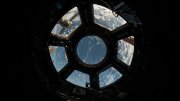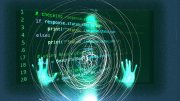Daniel Lieberman's research explores the wonders of the human head: all the functions that take place in the soccer-ball-sized orb, and how it has evolved through the ages. (Read more in "Head to Toe," from the January-February 2011 issue.) In this video, Lieberman, a professor of human evolutionary biology, gives readers a tour of the human skull and highlights some comparisons to the skulls of baboons and Neanderthals.
Lieberman also studies running: how humans evolved to become long-distance runners, and how this capability helped Homo sapiens thrive as a species. In this video, he discusses how shoes affect a runner's gait.








